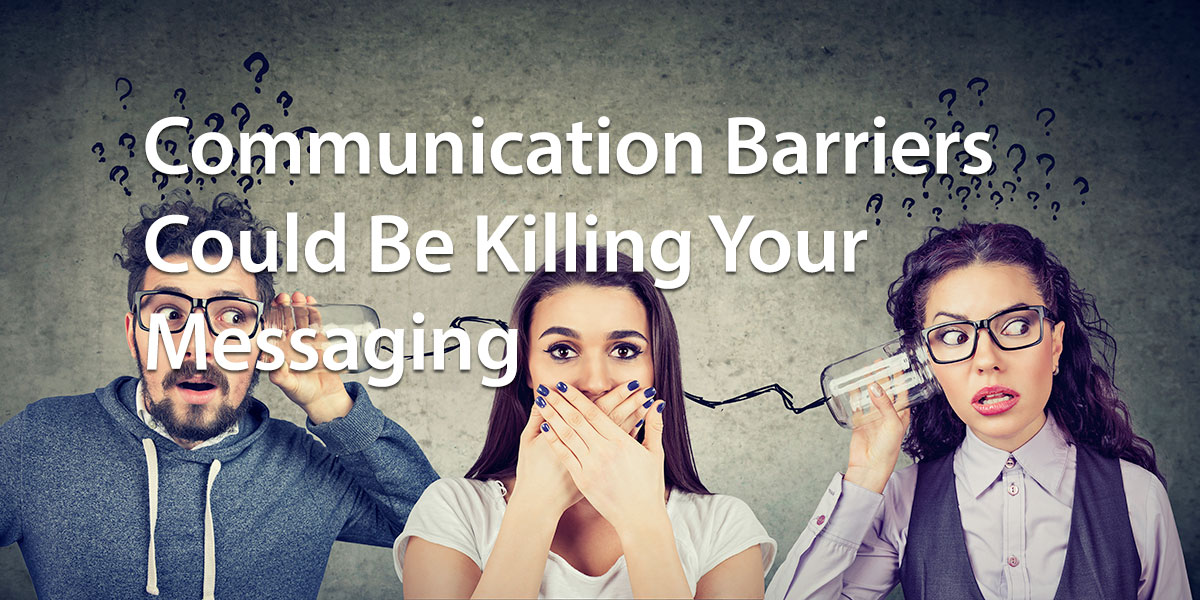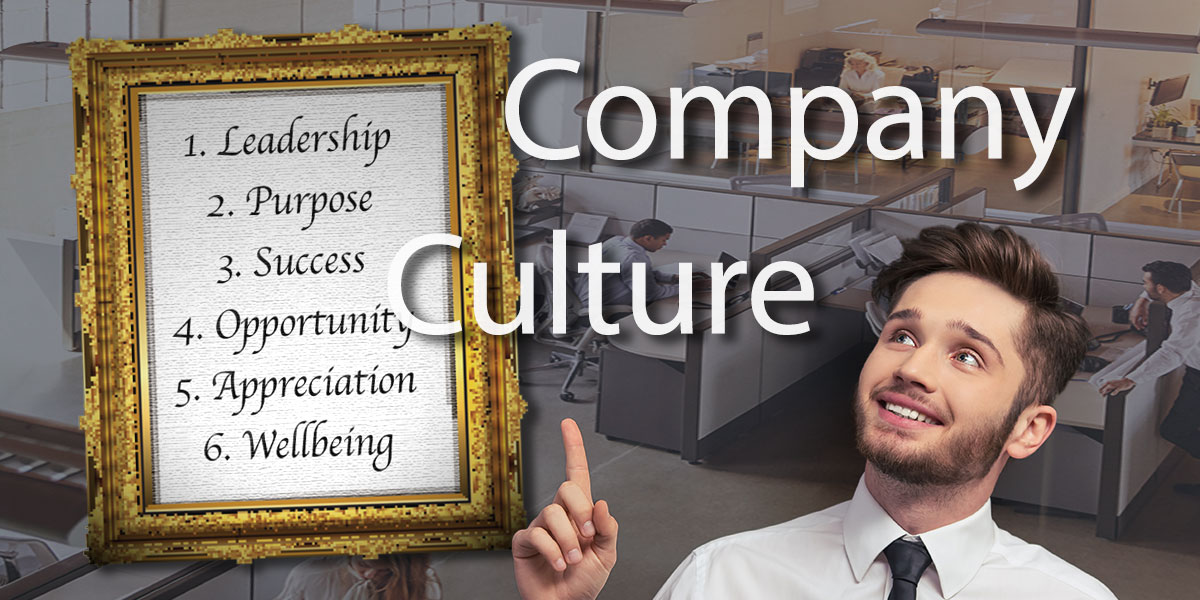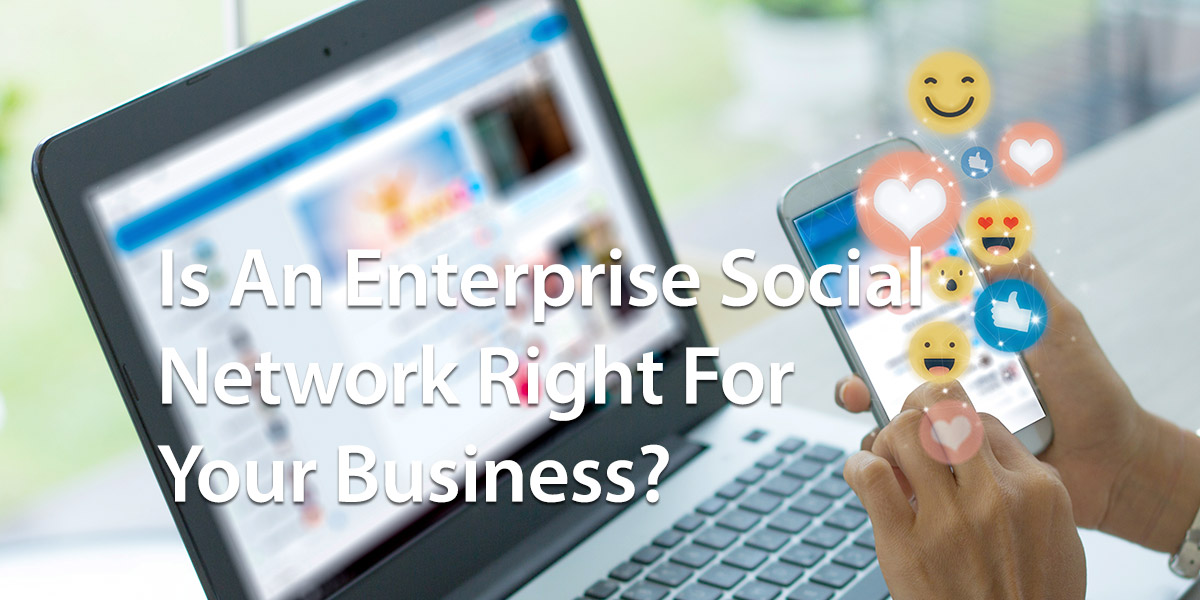Communication is easy. After all, you have been communicating all your life, no problem. And you are right. Communication is straightforward until you get it wrong. Misunderstanding, confusion, and even offense is the fallout when it breaks down. If you are looking to take your interpersonal skills to another level, understanding what can create communication barriers is critical. These get in the way and distort or confuse your message.
Nowadays, most communication takes place using digital tools and technology. And the impact of communication barriers is even more significant when interacting online.
Overcoming these barriers will improve the effectiveness of your communication both inside and outside of work.
10 Barriers To Effective Communication
To help you understand how these hindrances arise in the office environment, we’ve put together a comprehensive list of 10 common communication barrier examples to be aware of. Keep reading for insights on how to lead successful dialogues with your colleagues.
1. Physical
Closed doors, background noise, cubicle separators, and even social distancing impact our ability to interact.
And with remote working and deskless roles, these physical communication barriers are magnified.
2. Emotional Communication Barriers
Sometimes our emotions hold us back from communicating effectively. It could be fear, mistrust, or suspicion.
Some people are natural introverts who steer clear of the conversational spotlight. Others feel uncomfortable speaking up, fearing they may say the wrong thing or that their opinions don’t matter.
And in the workplace, a lack of trust in management hinders effective communication.
Emotional responses often result in us saying things we later regret. And they also affect our ability to receive and interpret information.
3. Language Barriers
Speaking different languages is an obvious barrier to communication. However, so too are unfamiliar accents and even your choice of words. Well-understood jargon and acronyms in your workplace, maybe someone else’s gobbledegook.
4. Cultural Differences
Different cultures have different expectations when it comes to social interaction. For example, did you know a thumbs up in some parts of Greece, Italy, and Iran means ‘up yours’? And the concept of personal space varies between cultures. So, your normal could be entirely different for someone from another culture.
Furthermore, company cultures differ from workplace to workplace. In a tech start-up, it may be acceptable for workers to flick an instant message to the CEO. However, traditional corporates could see that as overstepping the mark.
Likewise, different generations have different communication expectations. Gen Zers may be happy to use slang like ‘OMG’ or ‘Gucci’ in conversations. By contrast, Baby Boomers are likely to interpret slang as unprofessional.
5. Physiological
Poor eyesight, impaired hearing, speech difficulties, and even illness and depression can interfere with our ability to communicate.
6. Poor Listening Skills
Communication is a two-way street. And, if we are honest, most of us are better at talking than we are listening. But active listening is vital to successful communication.
Maintaining eye contact, uncrossing your arms, and being open and friendly show you are engaged in the conversation. While asking questions and summarizing what’s being said, demonstrate you have heard and understood the message.
All the best communicators – think Oprah Winfrey and Richard Branson – listen more than they talk.
7. Technological
As more communication takes place using digital tools, not having the right kit can be a barrier to the communication process.
On-the-go and remote workers are already disadvantaged compared to office staff. They don’t have the physical proximity of on-site workers. Without the right digital tools, remote workers are completely excluded from the conversation.
8. Organization Structure
When it comes to organizational communication, the company structure can be a barrier. Complex hierarchical structures can disrupt the free flow of information. Communication is often top-down only. And there are few opportunities for two-way conversations with management.
The result is information often ends up in departmental silos. Or the message gets distorted or even lost as it passes through each management level. And for employees, inefficient communication leads to frustration and disengagement.
9. Information Overload
In our hyper-connected world, it’s possible to have too much of a good thing. There’s so much information out there and a bewildering selection of communication channels. It’s almost impossible to sort the wheat from the chaff. Too much information just confuses people, making them feel overwhelmed.
10. Ambiguity
Clear, concise language is the way to go for personal or business communication. Vagueness, too many generalizations, and ambiguous language make things hard for the receiver. Your message becomes unclear and can easily be misinterpreted.
Understanding the communication barriers is one thing. Knowing what to do about it is something else.
Communication is, first and foremost, a personal thing. And so, we start by sharing some tips to help you improve your social interactions. Finally, we look at how businesses can improve their internal communications.
How To Overcome Communication Barriers In Your Personal Interactions
Know Your Audience
You wouldn’t talk to your mom the way you do to your kids. You use an entirely different tone and language. Much of this comes instinctively to us. However, consciously thinking about your audience helps sharpen your focus, making your interaction more relevant to the receiver. This is especially so when communicating at work.
Ask For Feedback
Research tells us only 18 percent of workers have their communication skills evaluated during performance appraisals. The truth is that most of us don’t have a clue how effective we are at communicating. And there’s only one way to find out. Ask your co-workers, managers, and family for feedback.
An excellent technique to use is ‘start, continue, stop.’ Find out from colleagues what you need to start doing and what you should continue to do. Finally, ask for their views on what you need to stop doing.
These insights should help you identify areas where you can improve your interpersonal skills.
Master Non-Verbal Communication
Did you know that only around seven percent of our communication is verbal? Our non-verbal communication has a much bigger impact than the words we use. Your tone of voice accounts for 38 percent. And a surprising 55 percent of daily communication is through body language.
These non-verbal cues become obscured when we communicate wearing masks or through computer screens. But because they are so fundamental, it’s worthwhile paying more attention to non-verbal communication.
Simple things you can do include unfolding your arms, maintaining eye contact, or looking directly into the camera. These steps also signal that you are actively listening and paying attention.
There’s a lot of truth in Louis Armstrong’s famous lyric ‘when you smile, the whole world smiles with you.’ An open and friendly disposition is fundamental to effective communication, whatever the context.
Keep Your Emotions In Check
Emotions can get in the way of our communications. Whether at home or work, we have all said something in the heat of the moment we later regretted. Instead, take a deep breath and step back. A brief pause before you open your mouth or hit send could save you from unnecessary conflict.
And if you are one of those who prefers to avoid the spotlight, try taking small steps. If the thought of speaking up at town hall meetings sends you into a tailspin, team meetings might be different. After all, these are the colleagues you work closely with every day. Over time, your confidence will grow, and you will find contributing isn’t such a big deal.
Aim For Clarity And Conciseness
Avoid using jargon unless confident your audience will understand it. Likewise, try not to overload your audience with unnecessary detail or waffle. Precise, plain language makes communication easier for everyone.
Tips For Businesses On How To Overcome Communication Barriers
Communication barriers are unlikely ever to be eliminated entirely in the workplace. However, the following tips will help reduce their impact.
Make A Plan
A well-thought-through communications plan is the essential starting point. Effective organizational communications don’t just happen. They need to be carefully planned. Check out our dedicated blog for an in-depth look at how to develop an effective communications strategy. Here’s a quick summary of the steps involved.
- Identify your audiences: Customers, partners, stakeholders, and staff will have different needs, expectations, and potential communication barriers.
- Types of business messaging: Next, work out what kinds of messages are relevant to your business. There are bound to be a lot of them, including company news, customer marketing, team collaboration, and stakeholder updates.
- Communication channels: Now, it’s time to identify the right channel for getting the right message to the right people. Once again, there’s a wide variety to choose from, depending on the message and the audience. Possibilities include business IM, social media, intranets and extranets or printed media. In addition, make sure your organization’s structure supports the flow of communication with lots of two-way channels.
- Budget: Knowing what funds are available will help you prioritize what’s achievable.
Keep It Personal
Targeted messaging keeps your communication relevant to the audience. And it helps address the problem of information overload.
Increasingly, employees set their own communication preferences with #channels, follow-me social tools, and personalized newsfeeds. This cuts down on unnecessary background noise so that staff focus on communications directly relevant to them.
Create Engaging Content
There’s no getting away from the need for engaging content that resonates with audiences. Text isn’t the only way to get your message across. The days of long-form content may be numbered as our appetite for bite-sized chunks of information increases. So, get creative and consider using videos, infographics, webinars, and podcasts. A wider variety of formats ensures you address more potential barriers.
Have The Right Technology Stack
Hybrid working is now the norm for most of us. And if you want all employees to be part of the conversation, you need to have the right digital tools.
Cloud-based, mobile-friendly platforms are the way to go. And rather than multiple channels, which only make things more confusing, why not consider a single communications platform? Modern intranets have much to offer in this space.
Whatever option you select, make sure all workers have access, including deskless or on-the-go employees. You want to ensure these staff can connect with colleagues personally. Informal channels where workers can enjoy a virtual water cooler conversation are just as vital as formal ones.
Involve Staff In The Journey
Check in with the workforce regularly to track progress. Use pulse checks, surveys, or focus groups to gain insights into potential barriers and the effectiveness of your messaging. Then use that feedback to finetune your internal communications. After all, effective communication is a continuous journey rather than an end destination.
Main Takeaways
Left unchecked, communication barriers can affect our personal and private interactions. They get in the way by disrupting our communication, causing confusion and misunderstanding.
There are three main categories of communication barriers:
- Physical: Closed doors, separate offices, computer screens, and social distancing are all examples of physical barriers.
- Emotional: Mistrust, fear, and low self-esteem can prevent us from communicating effectively.
- Language: Different languages and dialects can impede our ability to communicate. So does a lack of clarity, vagueness, or the use of jargon.
Understanding how communication barriers affect us is the first step to knocking them down. Then use our practical tips and advice to sharpen up your messaging, whether for you or your business.
Companies worldwide use MyHub’s cloud intranet to break down communication barriers. With dynamic newsfeeds, IM, interactive blogs, social features, and much more, our intranets connect staff wherever they are. Explore the possibilities with a free demo or 14-day trial.











0 Comments